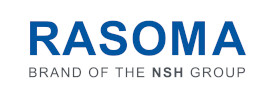| The beginning, part 1 |
|
|
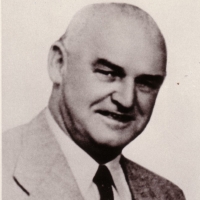 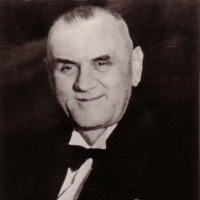 |
29.May.1919 |
The engineers Johannes Liebert and Arthur Gürtler from Chemnitz established the firm Liebert&Gürtler in Döbeln |
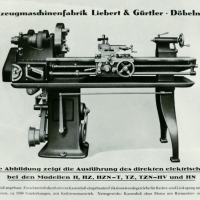 |
1920s |
lathe from the firm Liebert&Gürtler |
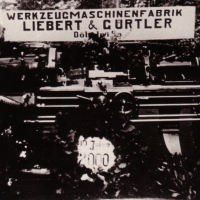 |
1929 |
The 2,000th lathe leaves the plant, the quantity of employees is 80 |
| |
in Spring 1934 |
Moving to the Alexanderstr.6 in Döbeln |
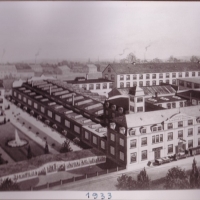 |
1940 |
The number of employees increases to 350, but then decreases atthe beginning of the war against the Soviet Union zo 200 |
 |
At the beginning of 1945 |
Until the early of 1945, the legendary VDF lathe was also built at Liebert & Gürtler |
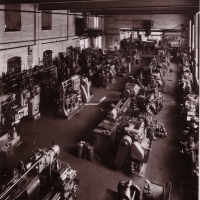 |
May - Octorber 1945 |
Disassambly of the entire plant under the supervision of a Soviet disassembly direction - the temporary end of mechanical engineering in Döbeln |
Come back, part 2 |
|
|
| |
by the end of 1949 |
Every work was welcome, someone welded pots, someone repaired hand cart and damaged fireboxes of the locomotive |
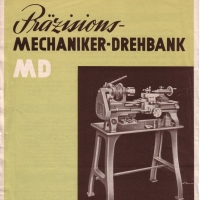 |
from 1950 |
Finally a self-developed precision mechanic lathe was manufactured in series |
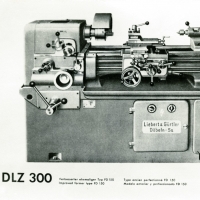 |
from the end of 1950 to 1966 |
Over 3,000 pieces of the precision screw cutting and bar lathe DLZ 300,the finest lathe FD 145 and FD 150 were assemblyed and delivered all over the world |
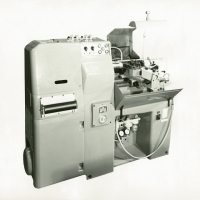 |
1965 |
The star turret lathe DRSF 40a with pneumatic control, known with the nickname "Piff Paff-", was the best technical product. Here is the Liebert & Gürtler signet and til now also with the worldwide renowned WMW trademark |
| |
1972 |
This year Liebert & Gürtler was forced nationalize. The company changed its name to VEB Wekzeugmaschinenfabrik Döbeln |
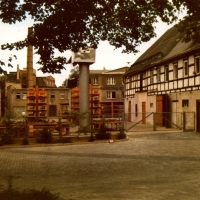 |
1980 |
The company was assigned as rationalization solution plant to the machine tool association "October 7" Berlin. From now on, the company traded under the name VEB RASOMA Döbeln |
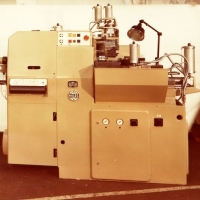 |
1980-1989 |
In the 80s, special purpose machines and automation solutions were mainly built for all kinds of industries. But the DRSF 40a was further developed and continued to be built during this period |
| |
1990-1993 |
After unsuccessful search for an investor, the plant should be liquidated in 1993 |
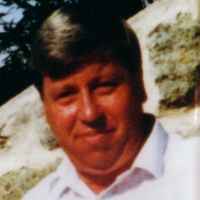 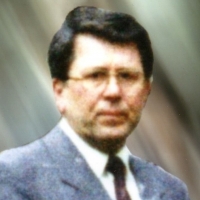 |
1993 |
Mr. Jürgen Kamm and Peter Kaiser with a MBO concept |
Come back, part 3 |
|
|
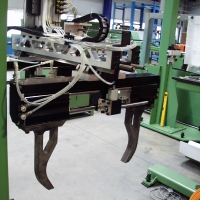 |
from 1993 |
Initialy automations solutions were mainly developed which til now is a part of tasks of Rasoma |
 |
by the end of 1998 |
From the late 90s, the self-developed tool machines are produced again, for example, the DS series vertical lathes , which are constantly developed and built til today! |
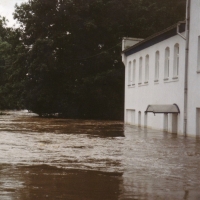 |
01.08.2002 |
The flood has damaged the plant almost |
Come back, part 4 |
|
|
 |
Octorber 2002 |
In October, the mechanical production is resumed |
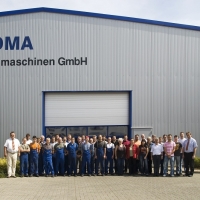 |
2003 |
The Managing Director and part of the employee before the newly constructed assembly hall |
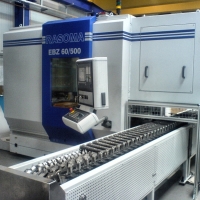 |
from 2004 |
The end machining centre with automatic loading system was |
| |
from 2005 |
special purpose machines for mass production are increasingly developed and built again |
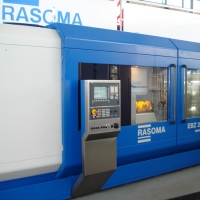 |
2007 |
Redevelopment of the end machining center EBZ 250 |
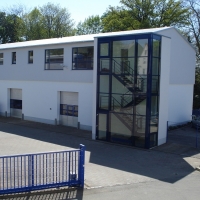 |
2008 |
Sales department moved in the newly built premises |
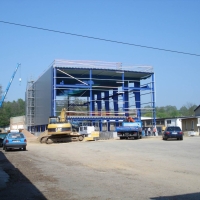 |
spring 2009 |
Build a second assembly hall |
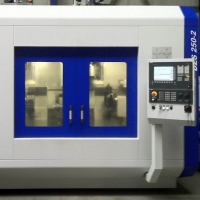 |
2010 |
Development and construction of the first vertical lathe of the DZS series |
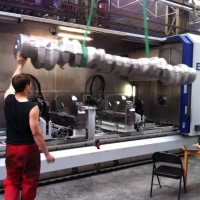 |
2012 |
Erweiterung des Portfolios bei der Endenbearbeitung mit der EBZ 400 Expansion of the portfolio of the end machining centre with EBZ 400 for undualed parts with the length up to 4,500mm |
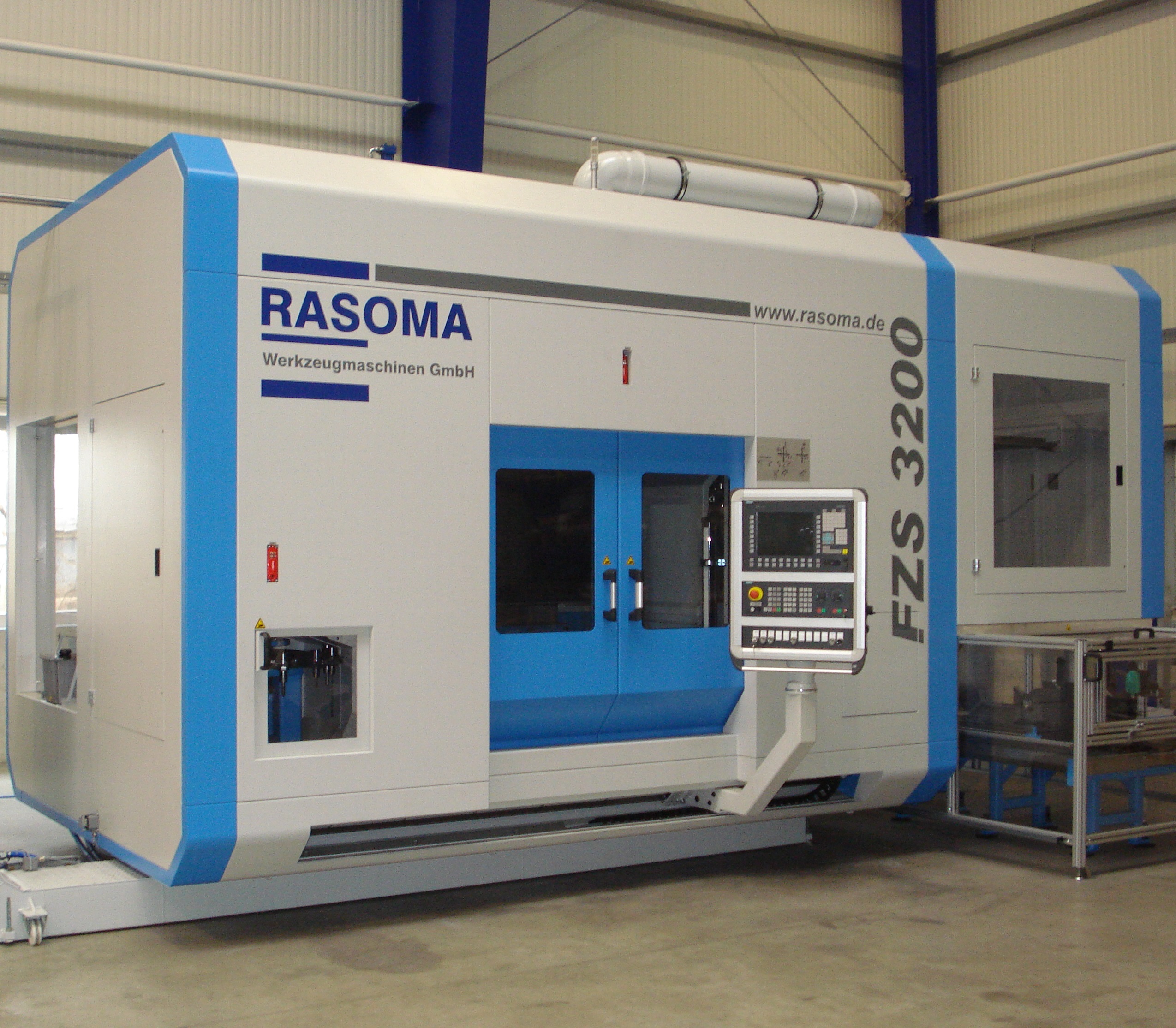 |
2014 |
Development and building of the new series FZS - modular manufacturing centres |
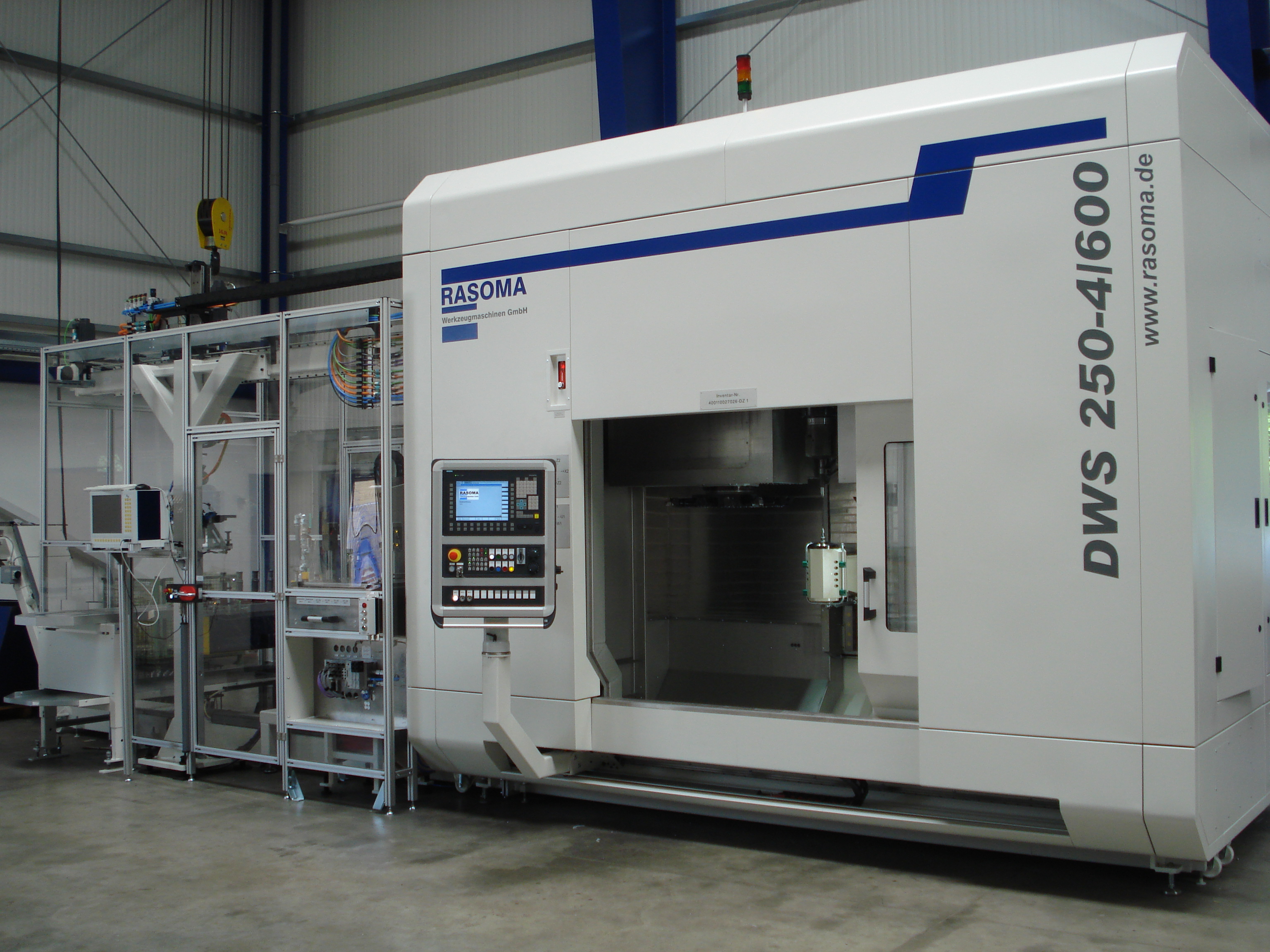 |
2015 |
Development and building of the vertical- 4 axis- shaft turning centre DWS |
 |
September 2016 |
Acquisition of the majority stake by the NSH-Group |
